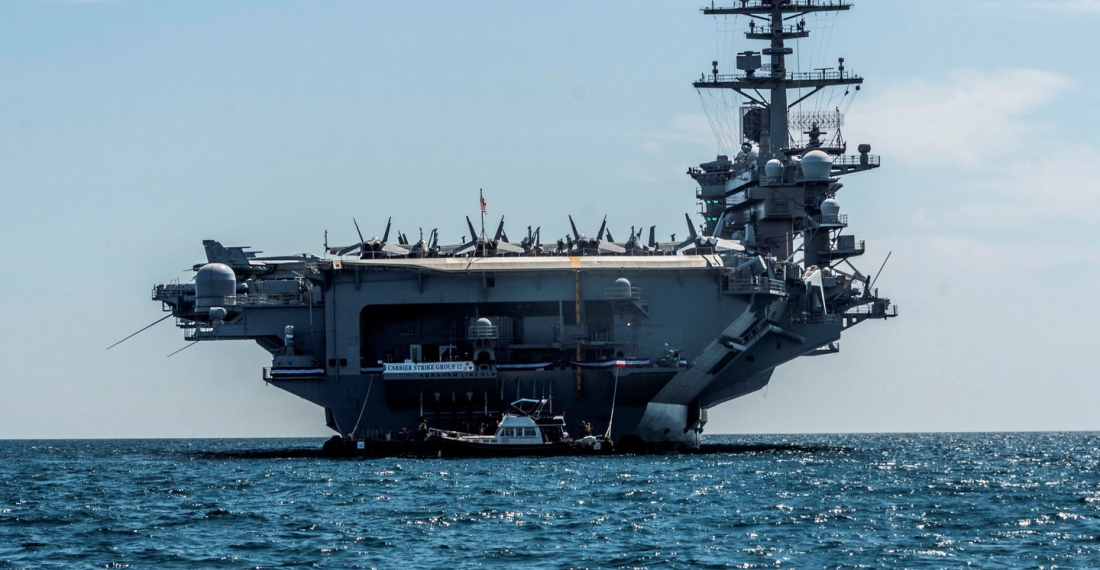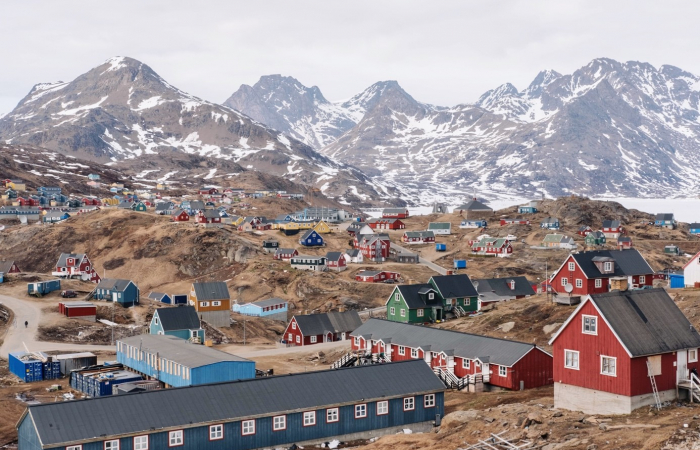In a telephone conversation with his Israeli counterpart Gallant, US Defence Secretary Lloyd Austin promised that an aircraft carrier already on its way to the Middle East would be speeded up. The US is also sending a nuclear submarine with guided missiles - the USS Georgia - to the region. The US aircraft carrier USS Theodore Roosevelt has been in the region for some time and will soon be joined by the USS Abraham Lincoln, which will carry advanced Joint Strike Fighter jets.
In a statement, the Pentagon said Austin and Gallant had been briefed on the situation in Gaza. There has been a wave of hostilities in the Middle East region after a senior commander of the Iran-backed militant Hezbollah movement was killed in Beirut two weeks ago. The political leader of Hamas, Ismail Haniyeh, was later arrested in Tehran. Hezbollah and Iran have vowed to retaliate for the liquidations, possibly with a direct attack on Israel.






